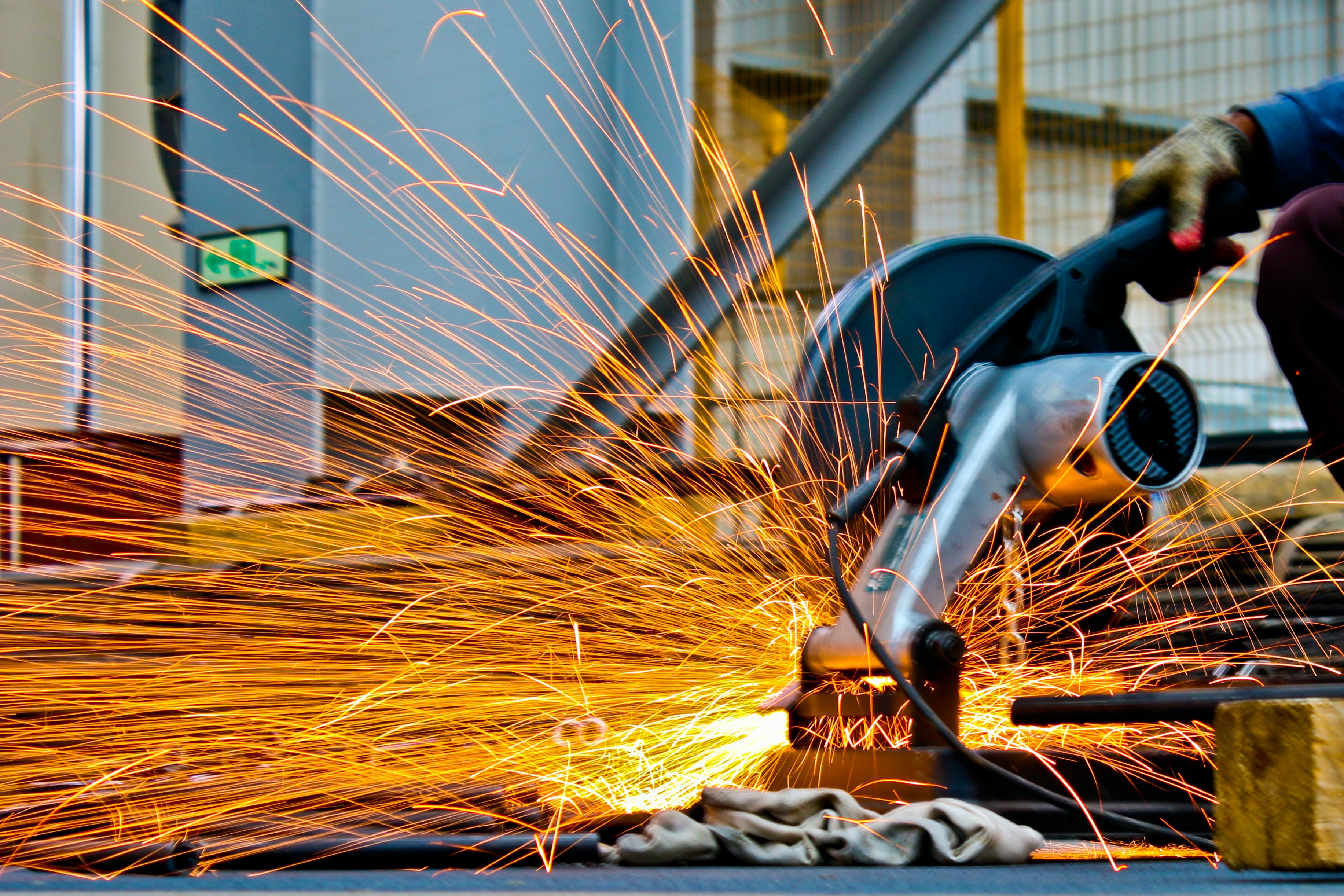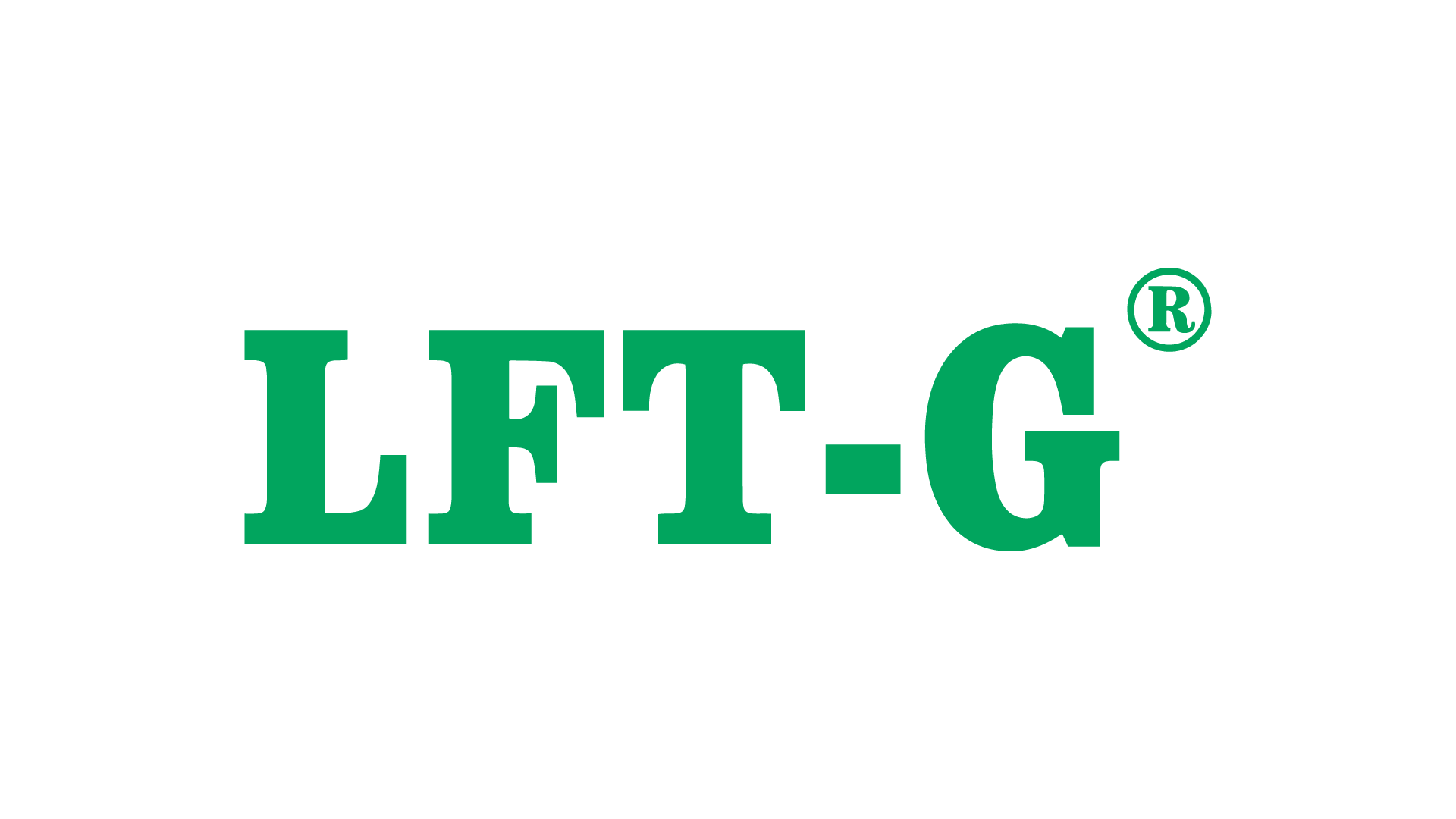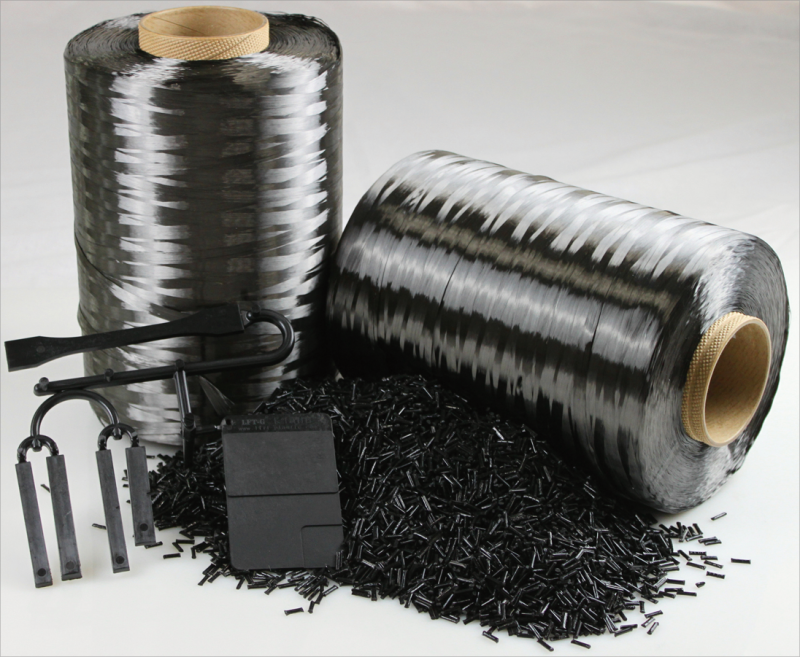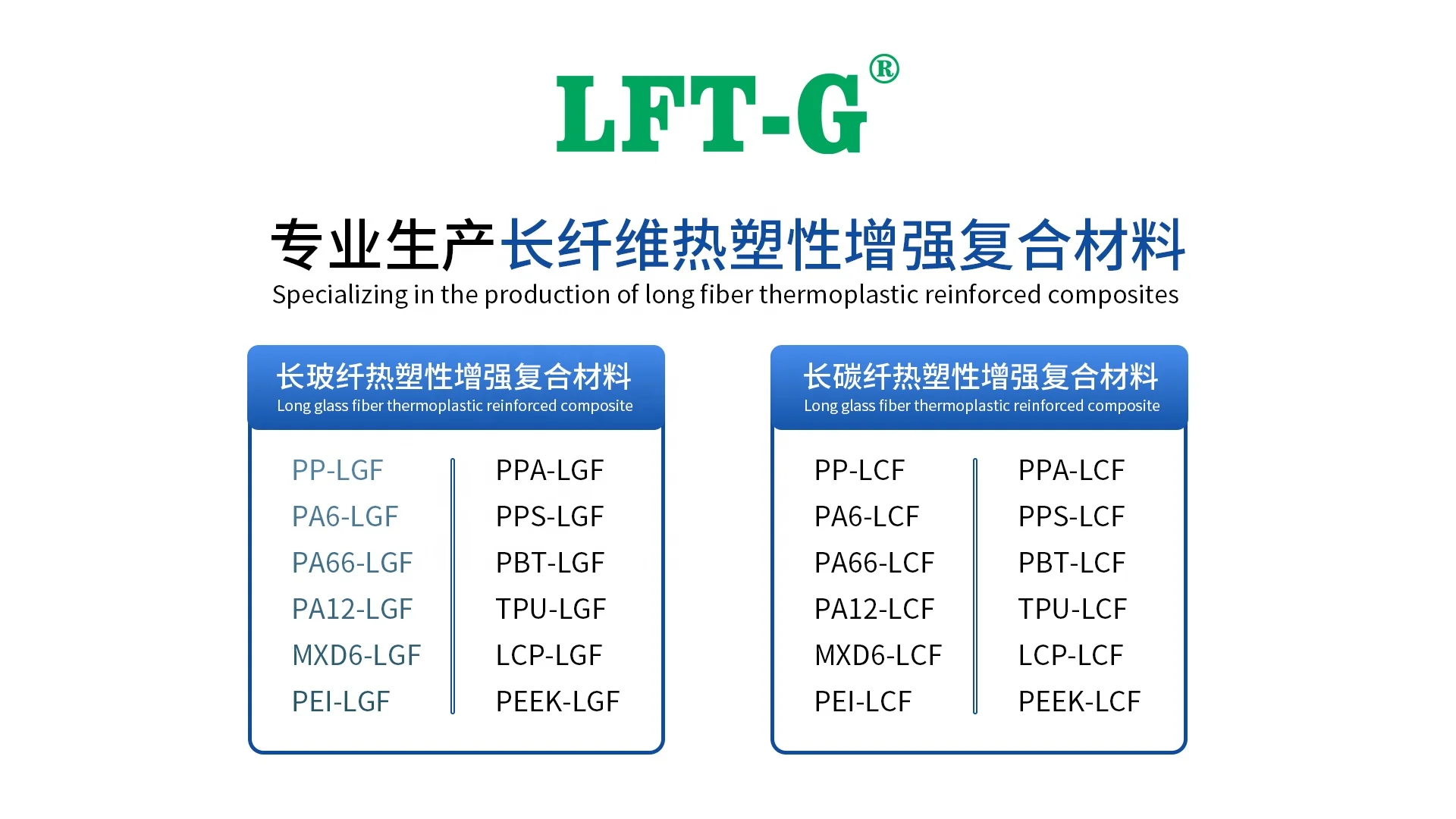Polyacrylamide (PAM) is widely used in China, and its usage ratio changes dynamically according to industry demand and technological development. The following is a detailed analysis of the main application areas and their ratios, combined with the latest industry data and development trends:
I. Main application areas and ratios
1. Oilfield exploitation (about 81%)
- Application scenarios: As an oil displacement agent and drilling mud conditioner, it is used to improve crude oil recovery (tertiary oil recovery technology). Domestic Daqing, Shengli and other oil fields have significantly improved crude oil recovery by injecting PAM aqueous solution to improve the oil-water flow rate ratio.
- Technical features: High molecular weight PAM can increase oil displacement capacity and reduce mining costs, especially in low permeability reservoirs.
2. Water treatment (about 9%)
- Application scenarios: Mainly used for urban sewage treatment (sludge dehydration), industrial wastewater treatment (such as printing and dyeing, electroplating wastewater) and drinking water purification. As a high-efficiency flocculant, PAM can accelerate the sedimentation of suspended particles and reduce sludge volume.
- Growth trend: As environmental protection policies become stricter, the demand growth rate in the water treatment field is the fastest, and it is expected that the proportion will continue to increase in the future.
3. Papermaking (about 5%)
- Application scenarios: As a retention aid, filter aid and dry enhancer, it can improve paper strength, reduce fiber loss, and be used for papermaking wastewater treatment. Anionic PAM can improve filler retention and reduce production costs.
- Market potential: The domestic papermaking industry has a strong demand for PAM, especially in the production of high-end paper products.
4. Mines (about 2%)
Application scenarios: used for mineral processing wastewater treatment, coal washing wastewater sedimentation and tailings concentration. PAM recovers useful mineral particles through flocculation to reduce resource waste.
5. Other fields (about 3%)
- Agriculture: as a soil water retainer and fertilizer slow-release agent, it improves crop drought resistance.
- Textile printing and dyeing: used for wastewater treatment and fabric finishing to reduce dye residues.
- Medicine and building materials: have specific applications in drug separation, gypsum reinforcement and other fields.
II. Industry development trend
The fastest growth in water treatment and papermaking: driven by environmental protection policies and industrial upgrades, it is expected that the proportion of water treatment will exceed 10%, and the annual growth rate of demand in the papermaking field will reach 8%.
Oilfield exploitation is still the core market: Although tertiary oil recovery technology is mature, the oil industry's reliance on PAM is difficult to replace in the short term and will still dominate in the future.
Emerging application expansion: Agricultural water retaining agents, highly absorbent materials and other sub-sectors are gradually emerging and may become future growth points.
Regional and enterprise distribution
- Production concentration: 53% of domestic PAM production capacity is concentrated in East China (such as Shandong and Jiangsu), and major companies include PetroChina Daqing Refining and Chemical, Beijing Hengju, etc.
- Technology upgrade: New processes such as microbial catalysis improve product purity and promote the localization of high-end PAM (such as ultra-high molecular weight type).
If you need more complete industry data or specific cases, you can further refer to other sources.




